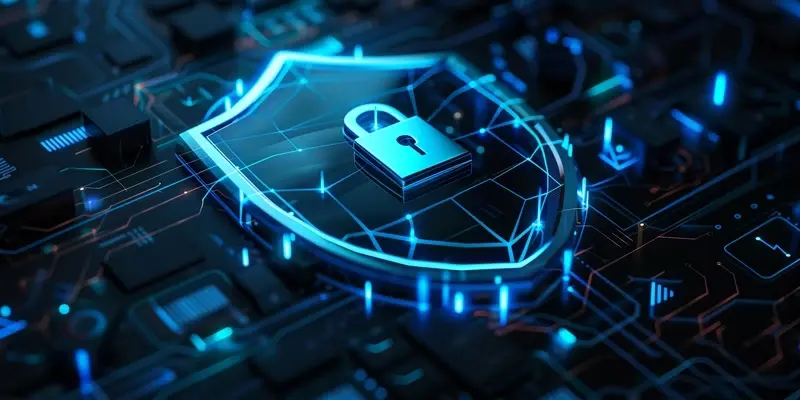The critical need for heightened cybersecurity measures within organizations has never been more apparent, particularly for sectors such as defense contracting. Recent data shows that a single cybersecurity breach can cost a company an average of over $5 million, highlighting the severe financial repercussions associated with insufficient cybersecurity practices. Nevertheless, a staggering 87% of companies admit to having notable skill gaps that leave them vulnerable to such breaches. These gaps not only expose organizations to potential attacks but also complicate their efforts to comply with vital cybersecurity frameworks like the Cybersecurity Maturity Model Certification (CMMC).
Identifying and Addressing Skill Gaps
A proactive approach to identifying and closing cybersecurity skill gaps is essential for any organization hoping to maintain a strong security posture. Tools like INE Security’s Skill Sonar are designed to assess and enhance the skills of existing cybersecurity teams. These assessments evaluate current employee competencies, identify weaknesses in incident response capabilities, and provide customized training programs to address specific deficiencies. By doing so, organizations can ensure they meet compliance requirements and avoid hefty fines and penalties associated with non-compliance.
Dara Warn, CEO of INE Security, underscores the value of skill assessments, positing that they are far more than just a compliance tool. According to Warn, skill assessments are crucial for building a resilient cybersecurity posture capable of adapting to the dynamic nature of cyber threats. Skill Sonar, for instance, aids Chief Information Security Officers (CISOs) in pinpointing skill gaps and devising targeted upskilling strategies. This continuous improvement aligns with the ever-changing cybersecurity landscape, ensuring that organizations can promptly adapt to new threats and vulnerabilities.
Investing in skill assessments and customized training not only strengthens an organization’s defensive measures but also optimizes compliance costs. Companies like INE Security are leading the way by offering advanced resources, such as monthly capture-the-flag exercises, which simulate real-world attack scenarios. Continuous refinement of these methods helps businesses not only meet but exceed their cybersecurity goals, efficiently safeguarding their operations and bottom lines.
The Strategic Shift Towards Proactive Development
The prevailing trend within the cybersecurity realm is a definitive shift towards proactive skill development and adherence to compliance mandates. By moving away from a reactive stance to a more anticipatory approach, organizations are better positioned to handle both current and future cyber threats effectively. This proactive stance is becoming increasingly necessary as cybercriminals continually evolve their tactics, making traditional defensive measures insufficient.
Organizations that prioritize continuous learning and skill enhancement within their cybersecurity teams demonstrate a commitment to maintaining a robust security framework. This commitment is vital not only for immediate protection but also for long-term preparedness. Ensuring that cybersecurity professionals are regularly trained and upskilled keeps their knowledge and techniques sharp and up to date. This approach enables organizations to stay one step ahead of potential breaches and comply with stringent security standards such as CMMC, NIST, CSF, and ISO 27001.
By embracing ongoing skill development and rigorous compliance adherence, companies position themselves as leaders in cybersecurity. This not only fortifies their own defenses but also instills confidence among clients, partners, and stakeholders who rely on their ability to safeguard sensitive information. In an era where cyber threats are increasingly sophisticated, the strategic focus on proactive skill enhancement and compliance remains a cornerstone of effective cybersecurity management.
Continuous Improvement for Future Challenges
The urgent need for enhanced cybersecurity measures within organizations has never been clearer, especially for sectors like defense contracting. Recent data indicates that a single cybersecurity breach can cost a company an average of over $5 million. This stark figure underscores the severe financial impacts linked to inadequate cybersecurity practices. Despite this, a surprising 87% of companies acknowledge having significant skill gaps, which leave them susceptible to breaches. These skill gaps not only make organizations vulnerable to potential attacks but also hinder their ability to comply with essential cybersecurity frameworks, such as the Cybersecurity Maturity Model Certification (CMMC). Addressing these gaps is crucial for improving overall security posture and ensuring compliance with required standards. The increasing sophistication of cyber threats necessitates a proactive approach to cybersecurity to protect sensitive data and maintain operational integrity.

